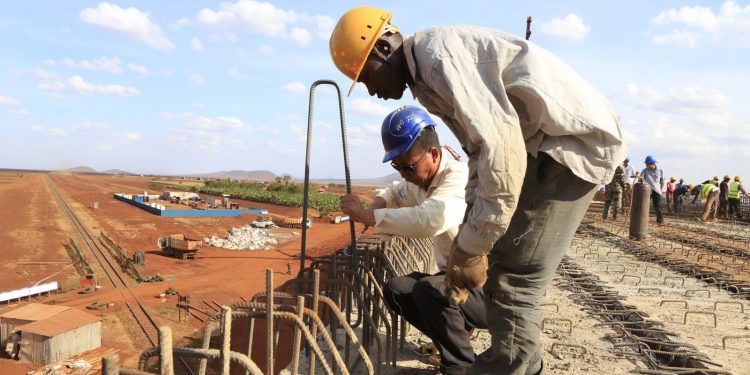Kenya’s credit profile (B2 stable) is constrained by high and rising government debt as well as subdued government revenue, Moody’s Investors Service said in an annual report. Other credit challenges include low institutional strength.
The Government of Kenya – B2 stable, Annual credit analysis report shows that the country’s credit strengths include its relatively diversified economy, which sustains high growth and has proved resilient to shocks, as well as a sound financial sector.
“The government debt burden has increased consistently and we expect it to reach 60% of GDP over the medium-term,” said Lucie Villa, a Moody’s Vice President – Senior Credit Officer and co-author of the report. “Under our central scenario, there will be a gradual reduction in the primary deficit and robust nominal growth that will partly compensate higher interest payments.”
Moody’s expects Kenya’s growth rate to return to its long-term average of around 6 per cent in the medium-term thanks to a recovery in business and investor confidence and the fading effects of the drought.
Kenya’s low institutional strength stems from its low ranking on the Worldwide Governance Indicators. High statistical transparency supports policy decision-making, but fiscal policy effectiveness and credibility have weakened.
The government’s persistently large fiscal deficits and rollback on its commitment to repeal the cap on banks’ lending rates introduced in September 2016 point to low fiscal policy effectiveness and credibility.
The fiscal deficit reached more than 8 per cent of GDP between fiscal year 2015 and fiscal year 2017, driven by large spending related to infrastructure upgrades. The general election and droughts in 2017 put additional pressure on government spending during the year, while revenue remained subdued.
Moody’s expects only a gradual narrowing of the fiscal deficit to around 6.5 per cent of GDP in fiscal 2019, which is higher than the government’s target of 5.7 per cent in the original budget and the level of 6.1 per cent proposed in the supplementary budget.
Kenya’s twin deficits expose it to tighter global liquidity, which makes interest rate rises more likely, a risk the government is particularly sensitive to given its large borrowing requirements of about 20 per cent of GDP.
Kenya’s moderate susceptibility to event risk primarily stems from government liquidity and political risks, while risks to the government from the country’s external vulnerabilities and the banking sector remain relatively low.
The stable outlook reflects Moody’s expectation of relatively strong economic growth, balanced by large fiscal deficits and debt. Strong external buffers, with foreign exchange reserves covering six months of imports, mitigate the country’s vulnerability to a worsening external environment.
The effective implementation of structural fiscal reforms that reduce the fiscal deficit, debt and liquidity risks would strengthen Kenya’s credit profile. Conversely, a sustained increase in borrowing costs, denoting more intense liquidity pressure than Moody’s currently assesses, would weaken its credit profile. A further loosening of fiscal policy, leading to a sustained increase in government debt, would also be negative.




